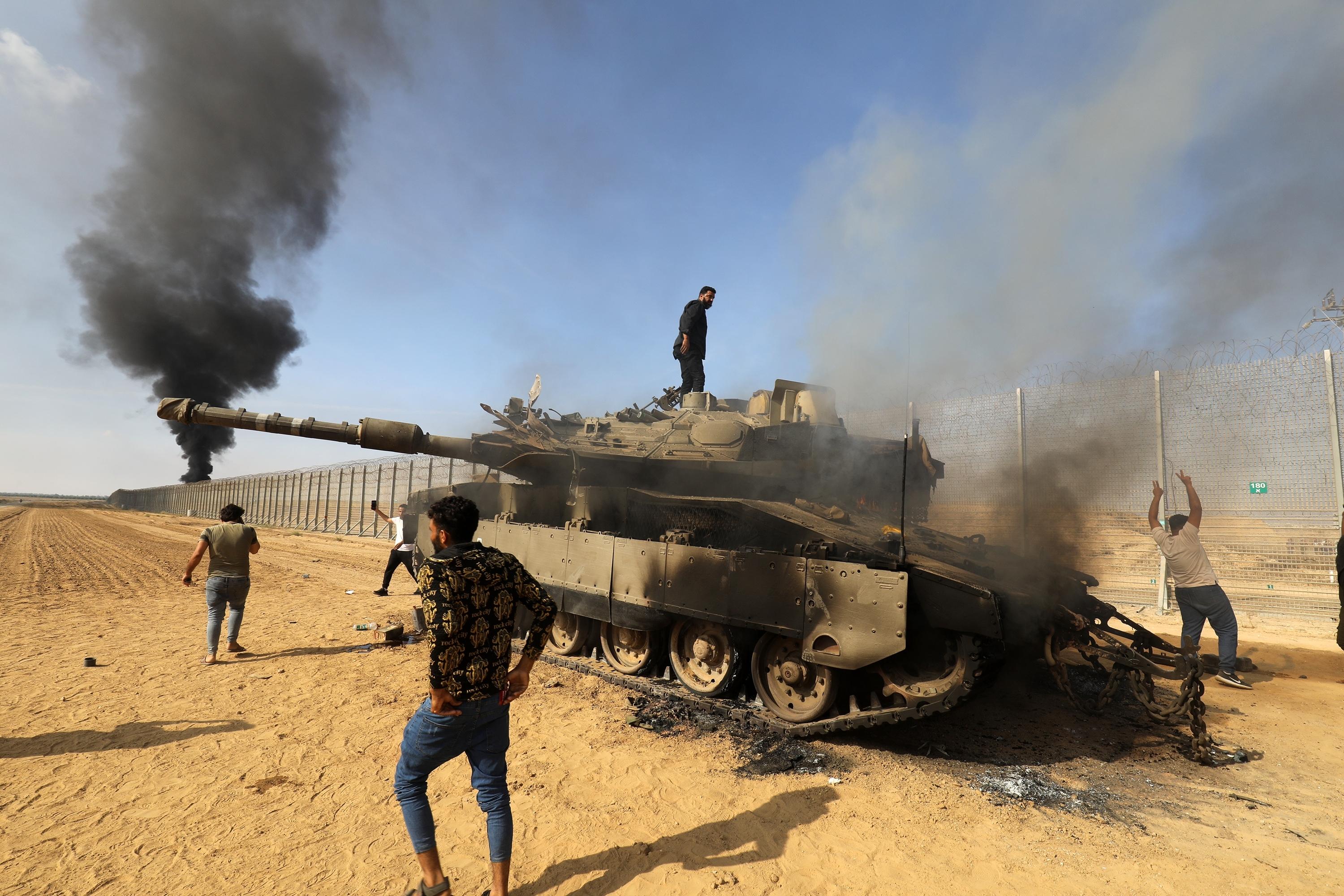October 7th massacre, Health ministry report
Health Ministry reveal findings on October 7: Lack of Control and Clear Situation Assessment
The findings of the Health Ministry’s investigation into the October 7 events were published today. The findings pointed to a lack of coordination among various agencies. Here are the details:

The committee concluded that there was no control or clear situational understanding of what was happening during those hours.
Lack of Control and Clear Situation Assessment: This afternoon (Monday), the Health Ministry released the conclusions of the investigation into the October 7 events, led by former Health Ministry Director General Professor Nachman Ash. The committee determined that on October 7, the health system operated without control and without a clear picture of the situation.
Additionally, despite the fact that Soroka Hospital was aware of its inability to provide appropriate care, it chose not to transfer some patients requiring non-urgent surgeries to other hospitals. The investigation also revealed that there was no existing contingency plan similar to the October 7 scenario. The committee added that on that day, hospitals received a total of 1,456 injured individuals.
It is important to note that this is not a full publication of the findings but rather an update from the ministry's Director General Moshe Bar Siman Tov to hospital managers. Bar Siman Tov wrote that "most of the injured arrived independently for treatment, without central control and without receiving a situational picture of what was happening in the affected areas." He added that “as evident from the analysis of the day's events and debriefings conducted by various parties, the ability to formulate a national military and civilian situational picture of what was happening on the ground was limited, leading to difficulties in controlling and managing medical forces and evacuation operations.”
The investigation committee praised the preparedness of all medical organizations due to the emergency readiness of the health system but also hinted at criticism of the military on the day of the massacre: “Due to the event being fundamentally military and the actual absence of an on-site entity responsible for creating a situational picture, including the status and nature of the injuries and transmitting it back, and due to the event's exceptional nature, no single body had a comprehensive view or control over all treatment and evacuation resources on the ground.”
In conclusion, the findings point to a lack of coordination between various entities, so for long hours, none of them understood in real time the scale of the event, which turned out to be the greatest disaster in the country's history. "The debriefing shows that no entity had a complete picture of the deployment of military and civilian medical forces in the area. There was no central control over the evacuation of the injured from the field due to the lack of a comprehensive national situational picture and the ambiguity regarding authority and responsibility for managing the event and initial evacuation at the national level, in a scenario where some of the area is defined as a closed military zone."
It was also noted: "As a result, and due to the fact that most of the injured were evacuated independently by civilian vehicles, there was a clear inherent difficulty in influencing the initial flow from the field to the hospitals. Evacuations at each point were managed independently and disconnected from other forces without coordination, and there was no real attempt to guide the initial flow to distant hospitals."